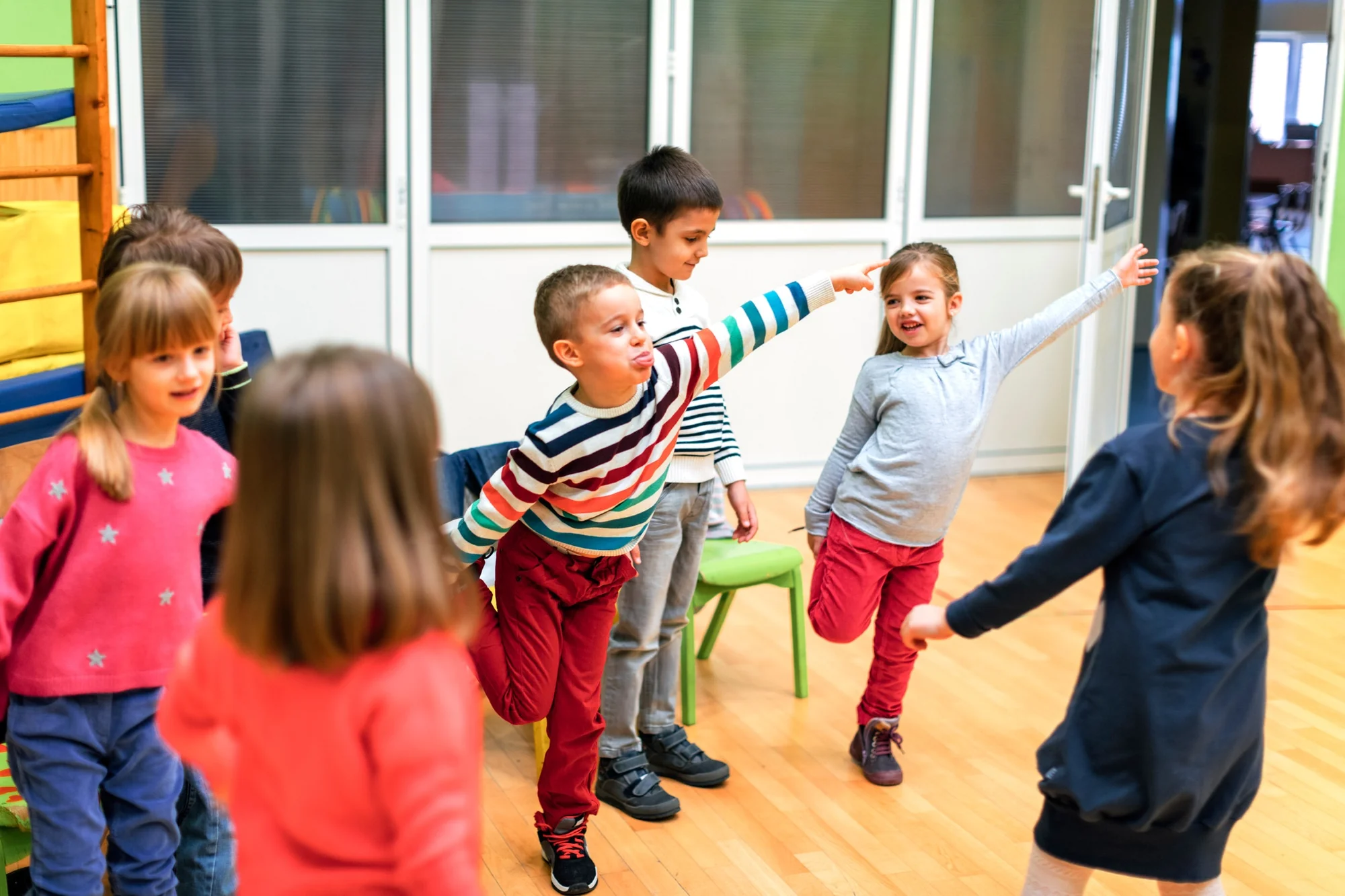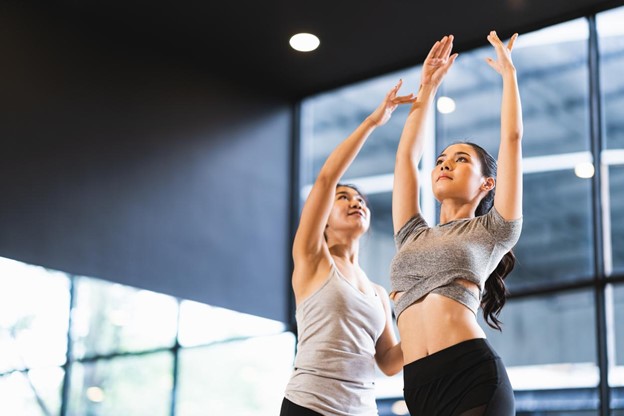Age-Appropriate Dance Activities for Every Stage
Incorporating movement and dance into early childhood education can offer remarkable benefits. However, it’s essential to align the dance programs with children’s developmental stages to maximize learning, growth, and enjoyment. Age-appropriate dance training provides a framework considering motor and cognitive milestones, helping children thrive as they learn new skills.
Childhood and Prepuberty: Building Blocks of Dance Training
Children’s physical abilities expand rapidly, starting as early as age 3. Dance programs designed for early childhood capitalize on the natural progression of motor skills like walking, running, jumping, and galloping, which emerge by age 2 or 3. Allowing young children to explore these foundational movements without pressure on performance is key to promoting Dance for Early Childhood, which emphasizes learning in a playful, stress-free environment.
For educators, tailoring movement to developmental stages is essential. Introducing Dance-Based Learning for Preschool offers a wonderful opportunity to work on balance and coordination through movements like hopping, which typically emerges after age 3-1/2, and skipping, a more advanced skill that develops between ages 4 and 7. It’s important not to rush the introduction of more complex movements but to allow children the time they need to feel comfortable, supporting their Emotional Development Through Dance.
Improvisation: Fostering Creativity and Confidence
Creative movement and improvisation play an important role in dance training for young children. Often featured in programs for ages 3 to 7, improvisational dance encourages children to express themselves while refining their motor skills. It is an ideal technique for fostering Cognitive Development Through Movement, as children face challenges that push them out of their comfort zones, such as balancing on one leg or adapting their movements to unexpected prompts.
For educators seeking structured yet creative lesson plans, Moververse can provide teacher-specific classroom resources that support improvisation. These resources help teachers introduce new concepts while allowing students the freedom to explore.
Adolescence: Adjusting for Growth and Change
Adolescence presents a new set of challenges for dance educators. Rapid growth spurts often affect balance, coordination, and flexibility, so instructors must adapt their lessons to the unique needs of teens. Balancing exercises, such as simple balances with eyes closed or turns that challenge proprioception, are particularly beneficial during these phases. Dance programs that focus on developing core strength and alignment help students navigate these physical transitions, reducing the risk of injury.
During adolescence, teachers can start integrating more complex choreography that challenges multiple sensory inputs, such as combining vestibular, visual, and proprioceptive cues. This complexity builds skills necessary for advanced dance, including stage performance, where lighting and movement make it difficult to rely solely on visual feedback. Improvisation continues to be a valuable tool at this age, encouraging creative expression and deepening kinesthetic awareness.
A Balanced Approach to Dance Education
Providing children with age-appropriate dance training promotes holistic growth, from improving motor skills to supporting emotional and cognitive development. Carefully designed dance programs—such as those offered by Moververse—ensure educators have the right resources to tailor their instruction to each stage of a child’s development.
Incorporating dance in early education offers more than just physical benefits. It also lays a foundation for lifelong creativity and love for movement, while structured programs for older children offer the opportunity to refine technique and navigate the complexities of adolescence. Teachers can make a lasting impact by choosing developmentally appropriate and engaging programs, fostering a love for dance that will serve children well throughout their lives.







Leave feedback about this